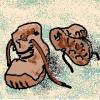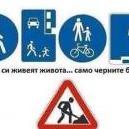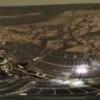Направи си сам - установка за сплетени частици
-
Последна активност
-
- 49 мнения
- 3717 прегледa
-
- 310 мнения
- 11212 прегледa
-
- 166 мнения
- 7100 прегледa
-
Руско-украинската война 2022-2024 година. 1 2 3 4 171
От Р. Теодосиев, in Руско-украинската война 2022 година.
- 4259 мнения
- 276969 прегледa
-
Празнуваме шест десетилетия от първото посещение на Марс от космическа мисия!
От SAlexandrov, in Космически науки
- 0 мнения
- 21 прегледa
-
-
Последно разглеждащи 0 Потребители
- No registered users viewing this page.





Препръчано мнение
Напиши мнение
Може да публикувате сега и да се регистрирате по-късно. Ако вече имате акаунт, влезте от ТУК , за да публикувате.